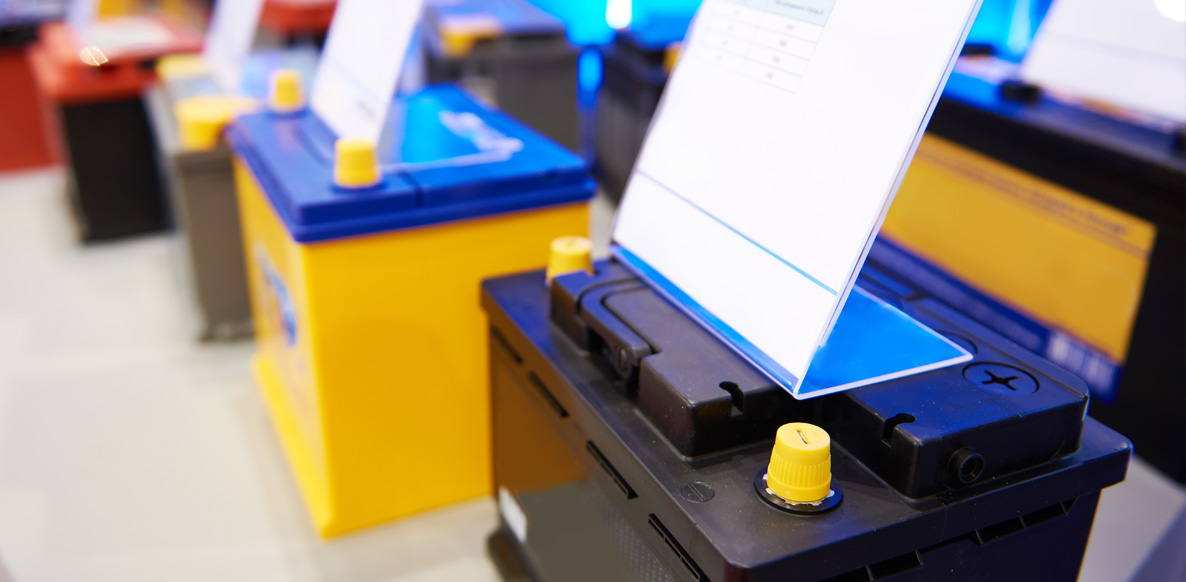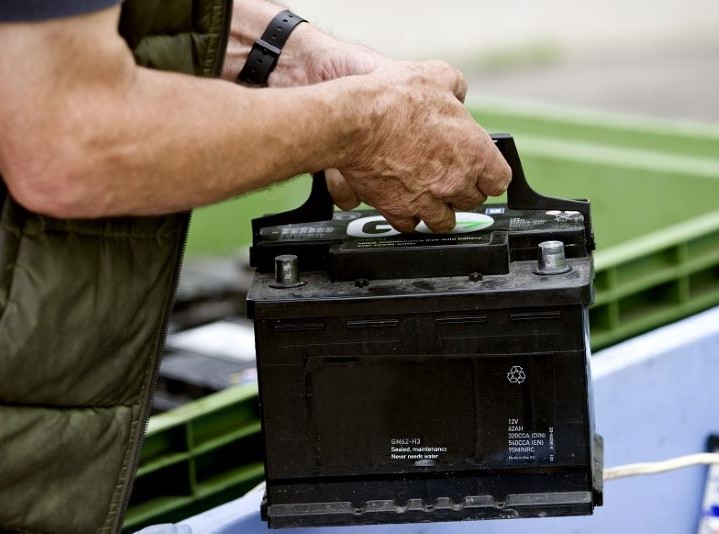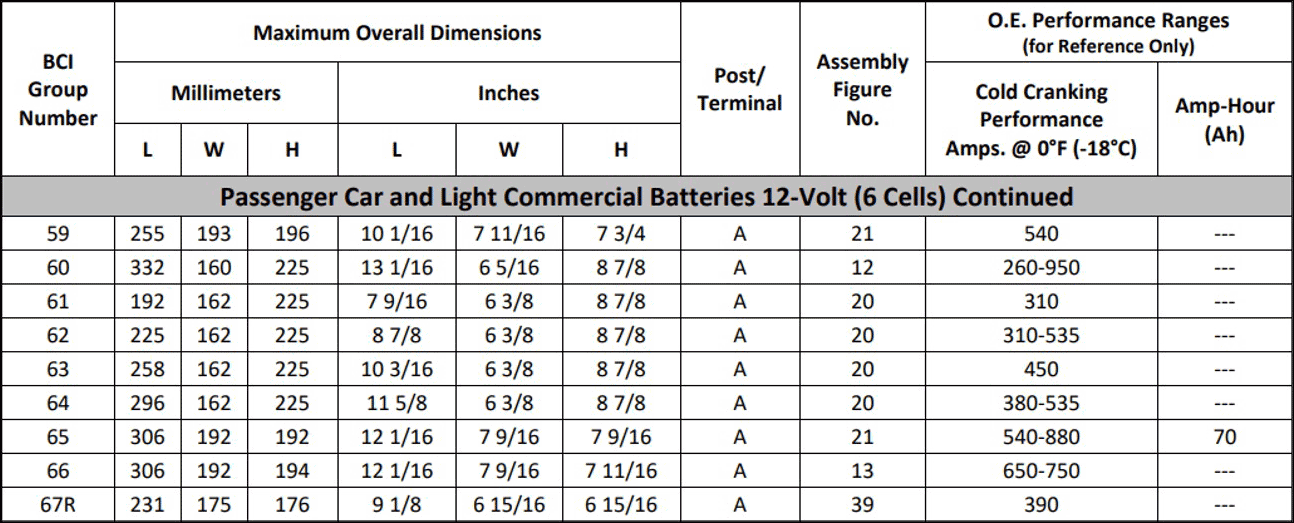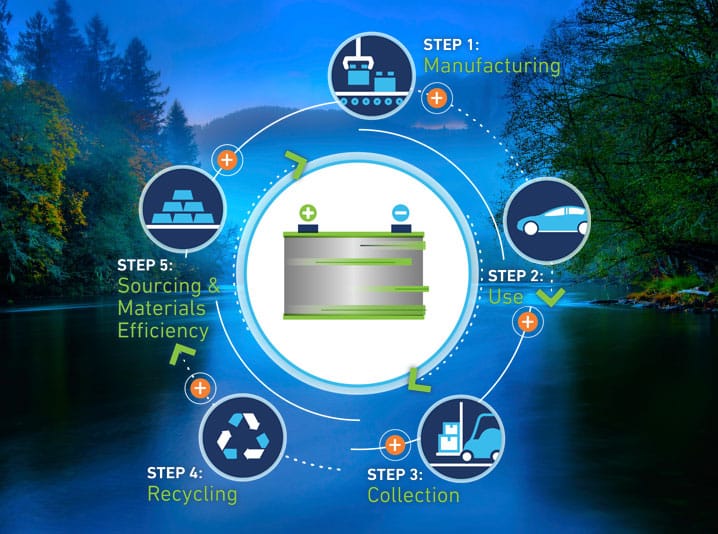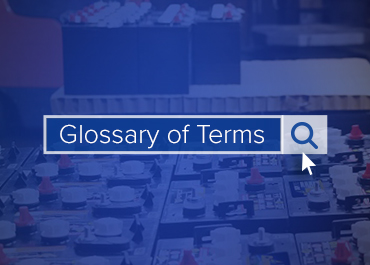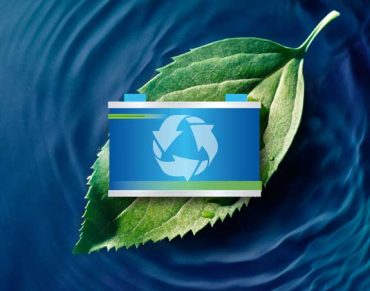The BCI Group Size classification system helps standardize vehicle battery dimensions, terminal locations, and performance characteristics. This ensures compatibility across different makes and models, simplifying battery replacement and selection.
Automotive
Batteries are at the heart of the automotive industry, powering everything from internal combustion engine (ICE) vehicles to electric...

